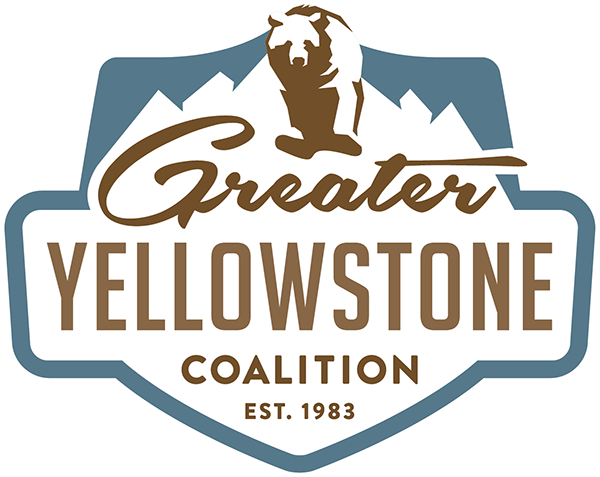Bears and Communities Deserve Durable Support to Sustain Comeback
Montanans know having a durable car that can safely withstand a few feet of snow in the winter, washboard dirt roads in the summer, and new teenage drivers, is just part of what it takes to live here.
Managing grizzly bears is complicated, and in this case, similar to owning a car in our great state. Just as you need to know your car is going to work for the long haul, policies that manage bears should be durable and work for bears and communities. As Congress considers a short-sighted attempt to circumvent a science-based, public process for solidifying effective grizzly bear management strategies, there’s a need to ensure the car is not only durable, but at the very least drivable, before handing over the keys.
Photo Danita Delimont/Shutterstock
Once on the brink of extinction, grizzlies now thrive in the Greater Yellowstone Ecosystem. That didn’t happen by accident, but rather it’s been the result of a well-oiled engine running on agency collaboration, state, federal, and non-profit funding for conflict prevention, and science-based policies. All these factors, plus leadership from key landowners and communities, have contributed to a remarkable comeback for the great bear. Let’s celebrate that and make sure the car’s engine has what it needs to continue running well long into the future.
A 2020 University of Montana-Fish, Wildlife and Parks survey found 85 percent of Montanans say grizzly bears are what make our state so special. Eighty percent also said grizzlies are key to ecosystem health. Montanans also understand that bears drive millions of dollars to local communities through a booming tourism economy. National Park Service and USGS economists found that a single grizzly bear sighting in Yellowstone National Park is worth $16. Over the course of a year, that adds up to nearly a $10 million economic impact.
Before Congress decides to hand over the keys to this car, the Greater Yellowstone Coalition believes states and communities need reliable support in place to ensure bears can thrive long into the future.
This includes ensuring effective plans and guardrails are in place to support a successful and lasting transition to state management. Federal and state assurances are needed for population stability and long-term monitoring, protection of core habitat, funding commitments for conflict prevention, and plans that support the presence of bears in habitat that links Greater Yellowstone and the Northern Continental Divide ecosystems to one another and other recovery areas.
In fact, the US Fish and Wildlife Service has already proposed changes to the way that grizzly bears are managed that would ensure these guardrails are long lasting. Building this new car has included ample opportunity for public input and should be encouraged by our political leaders to play out. More than 3,500 comments were sent to the Service from GYC advocates alone.
One of GYC’s community-based conflict prevention projects involves partnering with the U.S. Forest Service to bear-proof campgrounds around the Greater Yellowstone Ecosystem. Photo GYC/Julia Barton
Since January, we've seen politically motivated policies announced that would eliminate protections for grizzly habitat, cripple federal agencies that monitor grizzly populations, and gut programs that provide crucial funding and support to local communities living with bears. These actions threaten to derail years of collaboration and conservation success.
It’s easy to overlook the costs that come with owning a reliable, durable car. There’s the cost of insurance, gas, routine maintenance and unexpected repairs. GYC spends at least $500,000 each year on community-based conflict prevention partnerships—only a fraction of the millions it takes to successfully manage grizzlies. The loss of federal funding poses serious risks to local communities living with grizzlies and to sustaining healthy bear populations over the long-term.
We’re committed to ensuring grizzly bears have sturdy supports in place to thrive no matter who is charged with managing them, but there’s more work needed before Montana, Wyoming and Idaho are given the keys to the car.
— Scott Christensen, Executive Director (Bozeman, MT)



